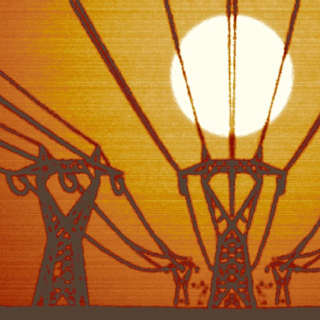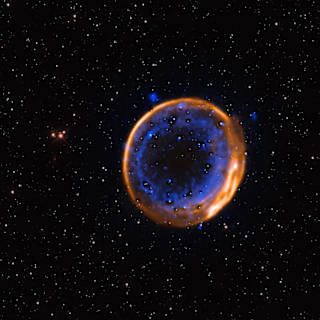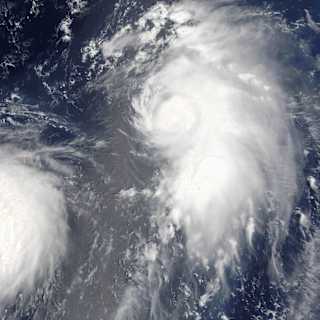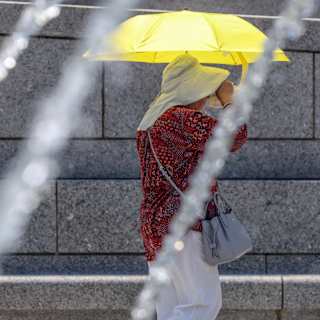- New Research Links Ice Loss to Volcanic Activity
- Global Scope and Feedback Concerns
- Early Warning Systems in Development
Scientists will present new research Wednesday at an international conference in Prague warning that melting glaciers could trigger more frequent and explosive volcanic eruptions across the globe, creating a feedback loop that accelerates climate change. The findings, based on analysis of six Chilean volcanoes during the last ice age, suggest that 245 potentially active volcanoes worldwide sitting beneath or near ice could become more dangerous as glaciers retreat.
"Glaciers tend to suppress the volume of eruptions from the volcanoes beneath them. But as glaciers retreat due to climate change, our findings suggest these volcanoes go on to erupt more frequently and more explosively," said Pablo Moreno Yaeger, the study's lead author and a graduate student at the University of Wisconsin-Madison.
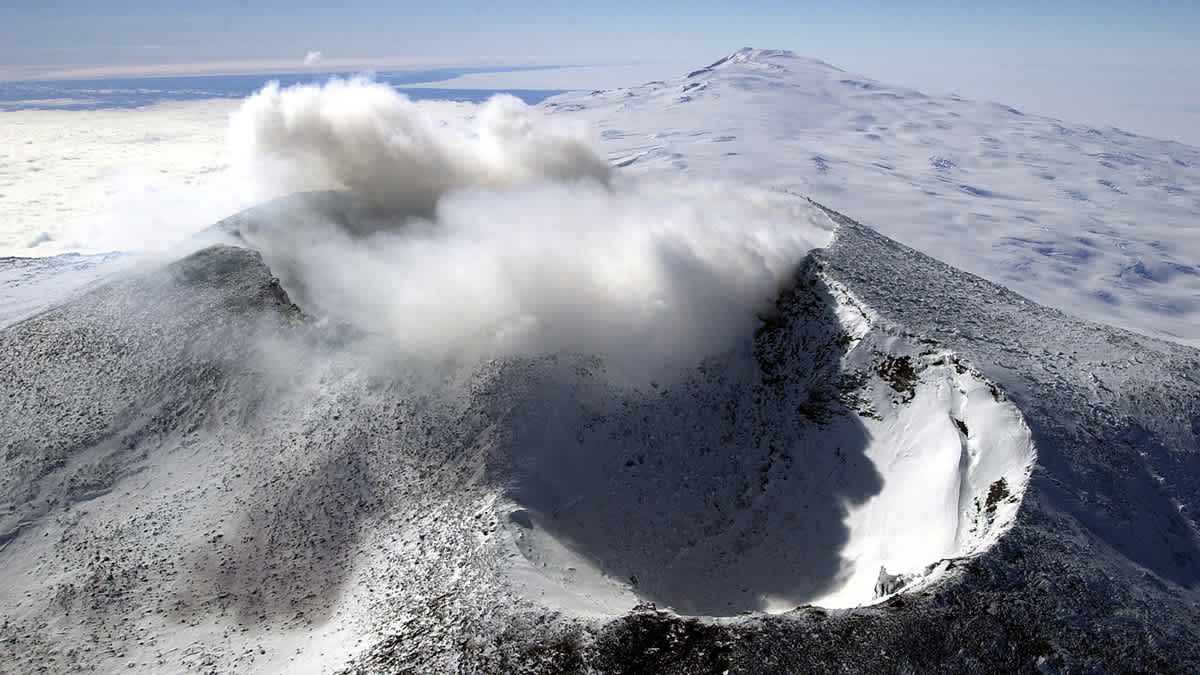
The National Science Foundation-funded research, being presented at the 2025 Goldschmidt Conference, examined rock chemistry from volcanoes in the Chilean Andes to document how volcanic activity increased when ice melted over millennia1. The study builds on theories first proposed in the 1970s about the relationship between ice weight and volcanic behavior2.
University of Wisconsin geoscientist Brad Singer, who led the research, found clear evidence that thick ice caps act as lids on volcanoes, which can "blow their tops" when the icy cover melts or slides away1. Separate research published this year in Geochemistry, Geophysics, Geosystems found that Antarctic ice melt could increase subglacial eruptions through similar pressure-reduction mechanisms3.
The threat spans continents, with researchers identifying Antarctica, North America, New Zealand and Russia as regions "warrant closer scientific attention"1. In Antarctica alone, more than 100 volcanoes sit beneath the ice sheet, and computer simulations suggest gradual melt could increase both the number and size of subglacial eruptions23.
The process creates a concerning feedback loop. While volcanic eruptions initially cool the planet through sulfate aerosols that reflect sunlight, the long-term release of greenhouse gases accelerates warming1. "This creates a positive feedback loop, where melting glaciers trigger eruptions, and the eruptions in turn could contribute to further warming and melting," Moreno Yaeger said1.
Researchers are exploring glacier velocity monitoring as an early warning system for volcanic activity. A study published in the Journal of Glaciology found that glaciers within three miles of volcanoes move nearly 50 percent faster than average, potentially offering months of advance notice before eruptions12.
"If glacier velocity can be used as a precursor months before an eruption, it will help focus additional monitoring efforts on volcanoes likely to erupt," said Professor Matteo Spagnolo from the University of Aberdeen2.
